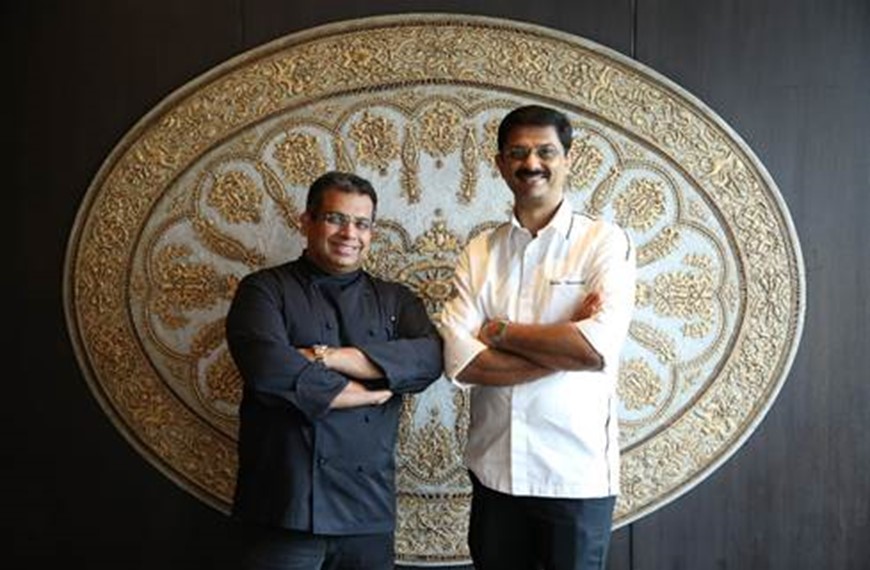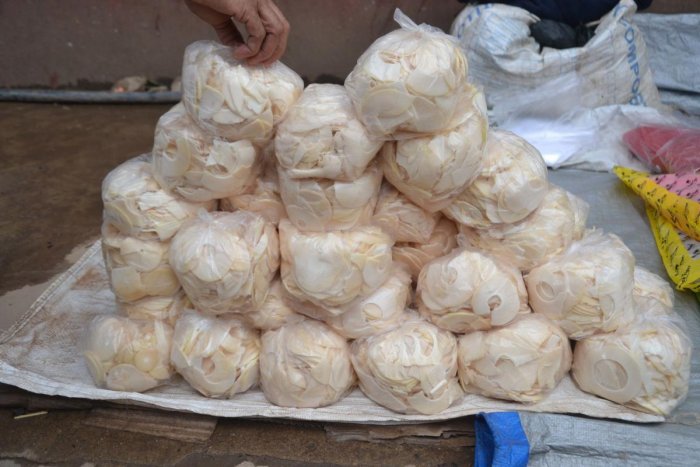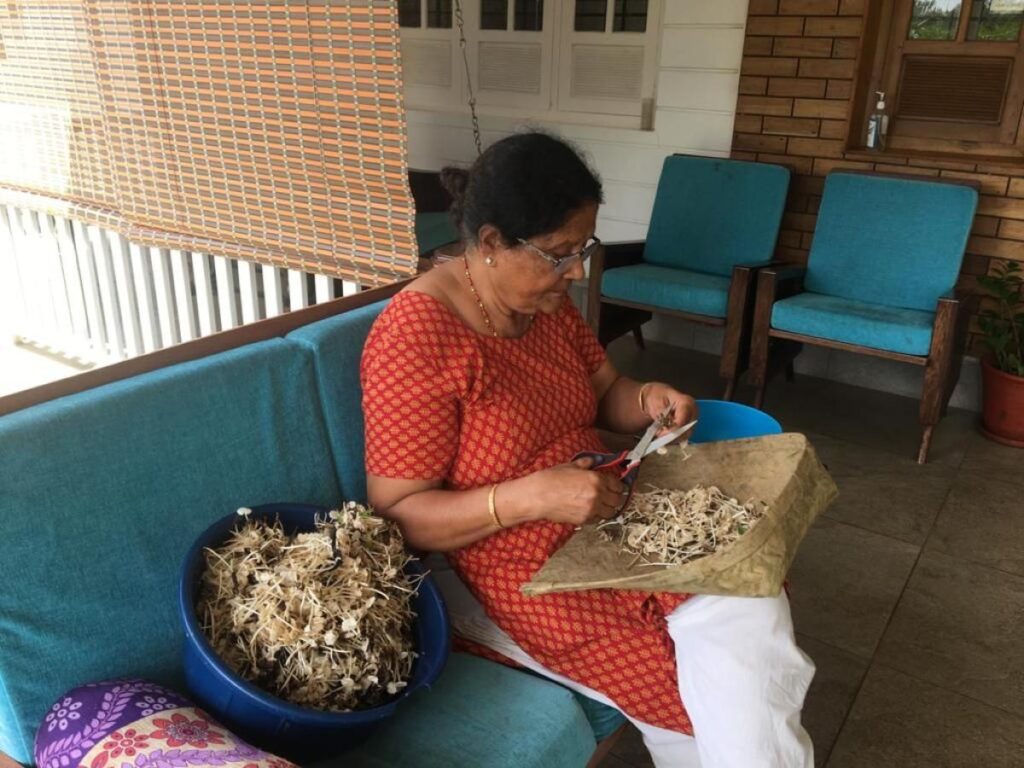Chef Naren Thimmaiah brings the flavours of Karavalli to Varq, a pioneer of award-winning modern Indian fine-dining

The timeless Taj Mahal, New Delhi and its award winning restaurant Varq proudly welcomed the culinary legend of the south – Karavalli from Vivanta Bengaluru, Residency Road. This year, as Varq embarks on its 15th year anniversary voyage, it will feature unique gastronomic pop-ups, new innovations and reinvented concepts in the year ahead.
Varq, symbolic of preciousness, luxury and elegance, is the birth place of modern Indian cuisine in the Capital. Karavalli’s voyage to Varq, was the perfect marriage of authentic Indian south-west coastal cuisine with contemporary flair and artistic presentation. The unique pop-up presented an exquisite experience wherein culinary legend Chef Naren Thimmaiah, from Karavalli, showcased a special coastal menu celebrating authentic flavours and treasured recipes.
The uniquely curated presentation included dishes like Malabar Prawn Roast, Meen Porichathu (Shallow Fried Black Pomfret), Calamari Fry, Attirachy Ularthu (Lamb Roast) Chattambade (Fried Lentil Patties), Patrade (Colocasia Leaf Roll), Chevod Balchao (Lobster in Pickled Spice), Alappuzha Meen Curry (Alleppy Fish Curry), Pachakkari Stew (Vegetable Stew), Kashi Halwa (Ah Gourd Pudding) and Ragi Manni (Finger Millet Pudding).
Celebrated Chef Naren Thimmaiah, Executive Chef, Vivanta Bengaluru, Residency Road said, “I am delighted to return to the iconic Taj Mahal, New Delhi and its renowned restaurant Varq. Karavalli’s coastal delicacies have made their way into the heart of the South and we can’t wait to share our passion with patrons of Delhi-NCR. We take pride in our authenticity, the promise of quality and the connection with our roots. With the capital’s bustling culture of food, there couldn’t have been a better place than Varq, the birth place of modern Indian cuisine in New Delhi, to showcase our special Karavalli culinary art.”
Speaking on the occasion, Chef Arun Sundararaj, Director of Culinary Operations at Taj Mahal, New Delhi said, “We have been committed to offering immersive dining experiences to our patrons. Varq has been the one stop dining destination for celebrating the unique flavours of India, pop-ups by Michelin Starred Chefs from around the globe and for curating culinary art and innovation. Chef Naren Thimmaiah is a legend in the epicurean world and we are humbled to welcome him once again at Varq. The confluence of Karavalli and Varq will present a tantalizing experience of exotic coastal recipes combined with fine dining with art.”
Chef Naren Thimmaiah has been the face of the iconic Karavalli for over two decades. He holds the distinction of participating in the World Gourmet Summit held at Singapore in the year 2005. In February 2009, at the Government of India, National Tourism awards held at New Delhi, Naren Thimmaiah was adjudged as the Best Chef of India. Economic Times rated Chef Naren Thimmaiah among Top 10 Chefs of India – 5th place. December 2018, Times Food & Nightlife Awards – Chef Naren Thimmaiah was awarded Chef of the Year. In August 2019, at the Eazydiner Awards, Naren Thimmaiah was awarded The Lifetime Achievement Award. In March 2022, he was recognized among the Top 10 Chefs in India by Culinary Culture.
source: http://www.bwhotelier.businessworld.in / BWHotelier.com / Home / by BW Online Bureau / March 27th, 2023



